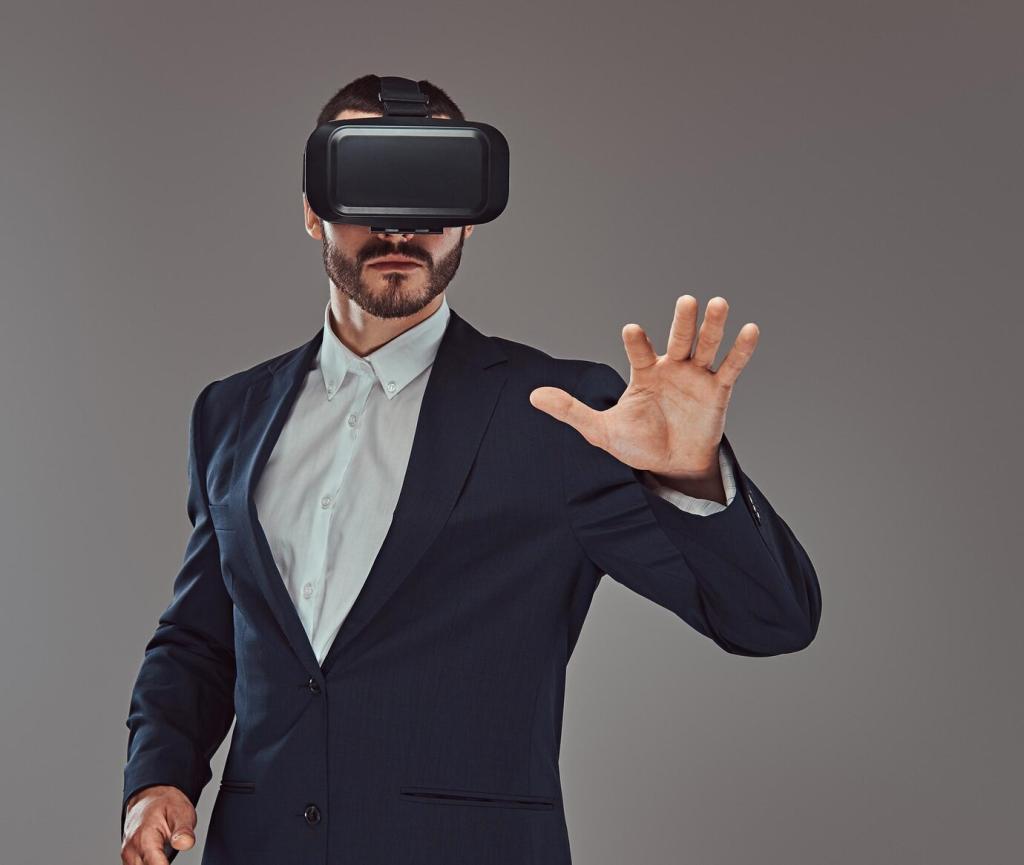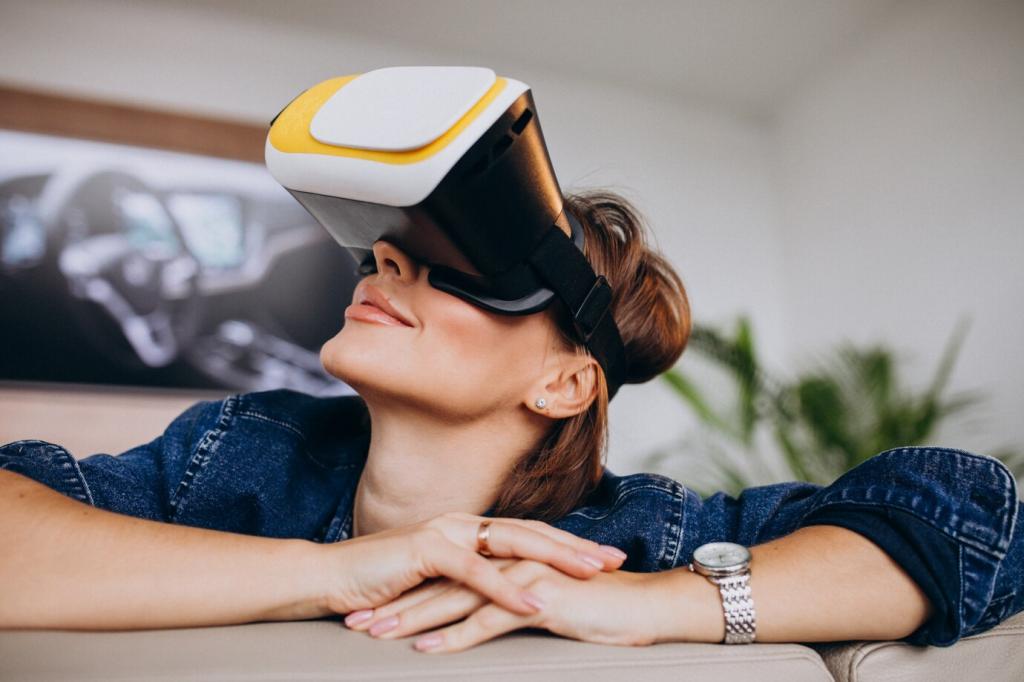How Smart Sensors Make Safety Visible
Gas leaks, overheating motors, and subtle structural shifts rarely announce themselves. Smart sensors convert these quiet warning signs into actionable data, surfacing patterns humans miss and guiding faster, safer decisions before incidents escalate. Tell us which hidden signals you wish you could track today.
How Smart Sensors Make Safety Visible
The right alert at the right moment changes everything. Context-aware thresholds, location tagging, and role-based routing ensure notifications reach the people who can act immediately, reducing panic, confusion, and costly delays. Comment with your best alert practice or biggest alerting frustration.
How Smart Sensors Make Safety Visible
In a midnight shift, a vibration sensor spotted an uneven bearing before it seized. Maintenance replaced it during a scheduled break, avoiding a fire risk and a day of downtime. One small sensor, one quick decision, thousands saved. Have a story like this? Share it.
How Smart Sensors Make Safety Visible
Lorem ipsum dolor sit amet, consectetur adipiscing elit. Ut elit tellus, luctus nec ullamcorper mattis, pulvinar dapibus leo.







